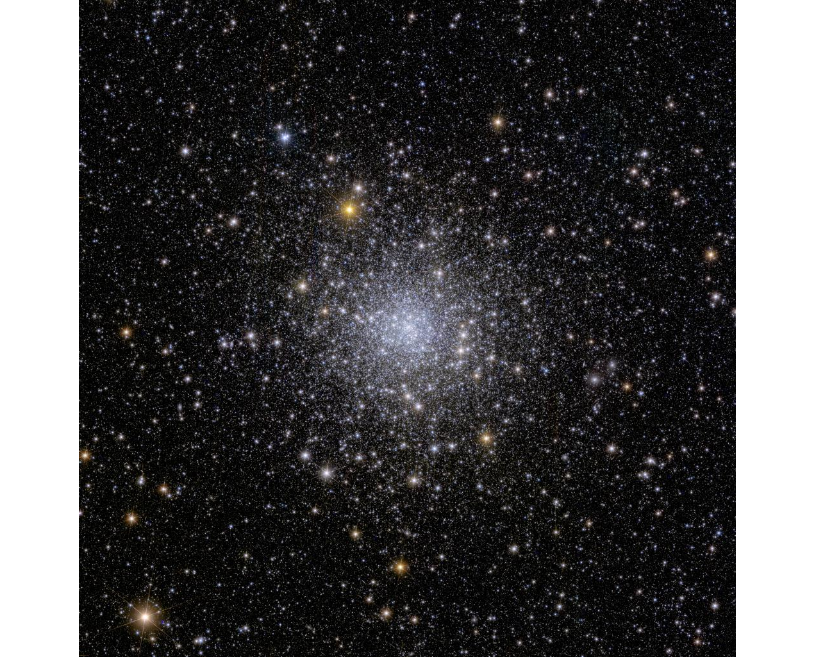ESA's Euclid space telescope has unveiled a series of vivid, full-color images of the cosmos, representing a significant milestone in astronomical observation. Euclid's primary mission is to investigate the enigmatic forces of dark matter and dark energy that have shaped the current state of the Universe.
These elusive components constitute the majority of the cosmos, yet their true nature remains a profound mystery due to their subtle effects on observable matter.
Euclid's Imaging Capabilities
Over the next six years, Euclid will examine the shapes, distances, and movements of billions of galaxies, some up to 10 billion light-years away. This ambitious endeavor aims to construct the most comprehensive three-dimensional map of the Universe to date, unlocking the secrets of dark matter and dark energy.
Euclid's distinctive feature lies in its extraordinary ability to capture sharp visible and infrared images across a vast portion of the sky in a single session. The released images demonstrate this unique capability, displaying celestial objects from brilliant stars to faint galaxies with exceptional clarity, even upon close examination of galaxies in the farthest reaches.
Euclid's imaging capabilities owe much to its specialized optical design, precise manufacturing, and meticulous assembly of telescope and instruments, coupled with rigorous pointing and temperature control measures, according to Giuseppe Racca, ESA's Euclid Project Manager.
The Perseus Cluster
One of the stunning images captured by Euclid showcases the Perseus Cluster, a colossal assembly of over a thousand galaxies, with an additional hundred thousand galaxies visible in the background.
Many of these galaxies were previously beyond observational reach, some existing so far away that their light has traveled for a staggering 10 billion years, according to ESA.

The Hidden Galaxy
Euclid's initial observations also turned to IC 342, colloquially known as the 'Hidden Galaxy.' This galaxy, resembling our Milky Way, provides vital information about its stellar population through Euclid's infrared lens.

Irregular Dwarf Galaxy
Additionally, Euclid trained its lens on NGC 6822, an irregular dwarf galaxy, which offers insights into the building blocks of larger galaxies in the early Universe. This galaxy, relatively close at 1.6 million light-years from Earth, serves as a critical subject for Euclid's extensive mapping efforts.

Globular Cluster NGC 6397
Another captivating image reveals NGC 6397, a globular cluster located approximately 7800 light-years away. This cluster, composed of hundreds of thousands of gravitationally bound stars, presents an opportunity to delve into the history of the Milky Way and the distribution of dark matter.

Horsehead Nebula
Finally, Euclid grants an awe-inspiring view of the Horsehead Nebula, part of the Orion constellation. This panoramic image holds promise for discovering Jupiter-mass planets, brown dwarfs, and nascent stars, offering a wealth of scientific insights.

"We have never seen astronomical images like this before, containing so much detail. They are even more beautiful and sharp than we could have hoped for, showing us many previously unseen features in well-known areas of the nearby Universe. Now we are ready to observe billions of galaxies, and study their evolution over cosmic time," said René Laureijs, ESA's Euclid Project Scientist.

ⓒ 2025 TECHTIMES.com All rights reserved. Do not reproduce without permission.




